SummaryUpdate: I originally posted this in 2018, but have updated in 2022 following another visit Airport Rating ***** Reception of locals ***** Cost: ££££
Amsterdam, againI try to visit new and different cities on each of my trips, but my recent trip to Amsterdam brought it level with Barcelona for the city I have visited the greatest number of times, putting it ahead of other cities I have visited multiple times such as Bangkok, Singapore and Valencia. I haven't written about Amsterdam until now as my previous visits in my mid twenties were all part of stag parties, and I'll confess, I saw very little of the city outside of a few bars and coffee shops. My most recent trip gave me the opportunity to spend a week in the city and finally see some of cultural and historical landmarks of capital city of the Netherlands. Amsterdam has a long history, dating back at least a millennium, when it was just a small fishing village. Within 600 years it had grown into one of the richest and prosperous cities in the world. At the height of the Dutch Golden in the 17th century, Amsterdam was one of the world's biggest ports, the financial centre of a global empire, and the base of the world's first stock exchange. Since the 17th century, the fortunes of the city of risen and fallen depending on the ruling power of the day, but each shift has etched its own mark on Amsterdam. Over the four visits to Amsterdam, I have spent time in the north, south and centre of the city, each providing a slightly different experience and giving me new insights into one of Europe's most vibrant capitals. Anne Frank HouseOne of the darkest points since the Dutch golden age was undoubtedly the Second World War. The city was conquered fairly quickly by the Germans who imposed a draconian rule, particularly on the city's Jewish community. This period of the city's history is best illustrated by a then 14 year old girl, Anne Frank. Born in Germany during the rise of the Nazi Party, the Franks moved to Amsterdam in 1934, partly to start a new business, and partly to get away from the increasing anti-semitism across the border in Germany. At the beginning of the Second World War, Anne's father, Otto, tried to emigrate the family to the United States, but by 1940 the Germans had conquered the Netherlands, and the family were trapped in Amsterdam. As restrictions and measures were imposed on the Jewish community, the family eventually had to resort to hiding in the back of a three story house, in cramped conditions in a secret hiding spot covered by a bookcase. During this time, Anne began to keep a diary of her experiences, meticulously noting her thoughts, feelings, the conditions that they lived in, her hopes and fears. The diary provides a fascinating insight into how the Jews lived during those dark years. The hiding space, or Secret Annex as she called it, was shared with another four Jews and involved not only living in a small space together, but also ensuring no noise was made - for instance during certain times, toilets couldn't be flushed and speaking could be no louder than a whisper incase the noise was detected through the walls. Unfortunately for Anne, she was betrayed by an anonymous individual and after two years of hiding in Amsterdam was captured and deported to a concentration camp where she later died. However, her writings survived, as did the house she stayed in. Following a petition to keep the house from being demolished, it was finally turned into a museum in 1960. The cost for entry is €9.50, although tickets have to be purchased online prior to the day of the visit. Tickets give you entry within a certain time slot, and you have to be at the museum 15 minutes before the slot to ensure entry. I arrived on a particularly hot day and lost count of the number of people who tried to buy tickets on the day, only to be told they can only be booked online. Following a short wait outside, and a small security procedure inside, you are given an audio guide and then you begin to follow a pre-laid trail around the house - unlike other museums, you can't start in an arbitrary place. The trail takes you through the proper house, before you go past the famous bookcase into the Secret Annex. The former hiding place of the Franks is eerie, darkly lit with workspaces, living areas, the bathroom and kitchen all clear and visible. On each of the sections the audio guide gives a short chronological overview of Anne's time in the house. Towards the exit, the museum covers the betrayal and then details Anne's last traceable moments in the concentration camp before her death. The building, beautifully designed on the outside, is one of the most powerful and emotional museums I have visited, illustrating the horrors and stupidity of racism and nationalism and the effects that it can have on society. I would definitely recommend visiting if you get the opportunity. It's one of the many highly rated museums in Amsterdam, from the imposing Rijksmuseum, to the modern NXT museum which is dedicated to new media. I visited to check out an exhibition on future technologies, and despite a steep €20 entry price I really enjoyed the interactive and immersive exhibition that explored the wonder and dangers of an increasingly connected and data driven society. The museum is located a little out the way in the north of the city, but with highly rated exhibitions a regular feature it is worth a visit. The surrounding area has pockets of quirky bars and restaurants and reminded a little of Hackney in London, but there are also pockets of deprivation and areas that are quite substantially run down. GurdwarasThe north side of the city seems slightly behind the southern side of the city, which many years was also run down but now hosts large exhibition centres as well as being home to large multinational corporations housed in large glass skyscrapers - not too dissimilar to Canary Wharf. Connections to the south are excellent - both from the city and also the airport. Moving to the south-west you have the incredible VondelPark, Amsterdam's equivalent of Hyde Park and Central Park. I walked the length of the park on a sunny day and it was a great way to spend a few hours just people watching, relaxing or admiring one of the many landmarks within the park (including a sculpture created by Pablo Picasso. Small lakes weave through the green expanse, with little bridges helping you traverse the different sections. West of the city is the Foodhallen, a large indoor space full of street vendors selling food from across the world with space to sit and eat. There's a nice energy about the place and it's not too difficult to get to and it's well worth the journey. A little further west is Gurdwara Maan Sarovar Sahib, the closest Gurdwara to the city centre. Located in one of Amsterdam's famous townhouse style buildings it's not very big and can be easy to miss as there is no visible Nishaan Sahib, but on the Sunday that I visited, it was very busy. It was fantastic to see so much sangat in Amsterdam, particularly as I hadn't seen many Sikhs during any of my visits. The Darbar Sahib was packed, and some of the sangat was standing up. listening to katha (exposition). Moving further north into the north west of the City is Guru Nanak Gurdwara, a much larger Gurdwara located in what seemed to be an industrial estate in a warehouse style building. The neighbourhood was significantly more run down than other parts of the city that I had visited, but with a more culturally diverse population, I can only assume it is also home to at least some of Amsterdam's Panjabi community. The Gurdwara was a decent size, and could accommodate several hundred people easily. I walked past classrooms that were full of kids learning kirtan which was a nice sound and showed classes were being held to inform the next generation. Visiting the two Gurdwaras was a great way of experiencing the different transport methods in Amsterdam including buses, trams and the metro. You can buy a card that gives you access to the city's public transport as many times as you need within a set time period (from 24 hours, up to a month). The metro, while not as extensive as the one in London, was clean, modern and (unlike London) felt breathable. Large, open metro stations were adorned with different patterns, works of arts, and even historical artefacts at some stations. The buses are are also easy to catch, timely and announce stations in both Dutch and English. Trains to and from the city are also very good - the larger tunnels allowing for double decker trains that wouldn't fit on our creaking Victorian infrastructure in the UK and they also appear to be significantly more affordable than those back home. Let's not forget the bikes, the city is literally built around them. Bikes have the right of way in Amsterdam, even ahead of pedestrians, and if you aren't careful you can find yourself in some pretty tricky situations are cycles hurtle towards you. The broad streets mean that setting up cycle routes is much easier than cities with narrower streets like London. It all means that traffic also doesn't feel as bad here as it does elsewhere. The viewsNext to the Anne Frank House is the Westerkerk, or western church - a renaissance style building from the 17th century, and the largest church in the Netherlands. At 286 feet, the tower of the church must have been very tall for its time, and it remains the tallest in the country. The base of the church has a beautifully ornate organ, although the best part for me was the view from the top. For €7 you can book a 30 minute slot to get a guided tour to the top of the church. Reservations are made at the church itself, and I managed to get a slot for the same day. The tour guide was very knowledgable, energetic and had a passion for the church and her city, which always makes things better. I climbed as part of a small group of about 6 and the tour was in English. You climb through increasingly narrower, and steeper staircases, stopping at a number of floors to hear more about the history of the church, and get close to some of the famous bells - hearing about how they were cast, what makes a good bell and how they work together. The steep staircases make for a tricky return trip, and in places you have to descend backwards. The views from the top are incredible. For me the views were comparable to the top of Grossmunster in Zurich, surpassing the views from St Stephen's cathedral in Vienna and the Sagrada Familia in Barcelona. In each direction you can see the famous canals of the city, as well as numerous other buildings and landmarks. The Netherlands is a famously flat country, and with no other particularly large buildings in the vicinity you can see for miles around. Amsterdam ArenaAs you may have read in some of my other articles, I love visiting different football stadiums, and I've been lucky enough to have seen quite a few around Europe. The Amsterdam Arena ranks quite highly on my list for a number of reasons. Built in 1996, it's a relatively new stadium, but it houses one of the most historically important teams in world football. Ajax Amsterdam is a paradigm shifting football club, a team that took the style of play from the 1950s Hungarian national team, and transformed it into 'Total Football', a system which was utilised by the famous Dutch national team in the 1970s and had its latest iteration with the recent Barcelona team. It's a shame I didn't get to see a game, but a stadium tour was fantastic, particularly because of the incredible history of Ajax. At just over €15, it isn't a cheap ticket, but to see the numerous trophies (including the Champions League) that the club has won, as well as parts of their history is a great experience. The stadium itself is nice, although it doesn't have the raw beauty of the Nou Camp or Bernabeu and despite its retractable roof, it has been overtaken in terms of modernity by the likes of Wembley and the Emirates. The history and traditional associated with the stadium, however, made it an enjoyable experience. Canals, coffee shops, and red lightsOf all the European cities that I have visited, Amsterdam ranks as one of the strangest. For a start, everyone rides cycles - in fact cycles here have the right of way over cars, and strangely, also pedestrians. I found myself on more than one occasion almost run over by bikes. The popularity of bikes is a function of the relatively flat landscape, but also thanks to a local government that has decided to build miles of dedicated cycle paths. It's unlike anything you will find elsewhere when it comes to cycle path infrastructure. It means you will see groups of cyclists at almost every junction, or droves of them hurtling along the road, one after the other. If you don't want to get around on two wheels, how about on water?! When you think of canals, you automatically think of Venice, but the canal system in Amsterdam is comprehensive. During one of my trips, I rented a pedalo with a group of friends, and we navigated our own way through the canals. It's a great way to spend some time seeing the city from a slightly different perspective, and at roughly €10 for 90 minutes, it isn't too expensive either. Then you have the coffee shops, establishments where you are able to purchase and consume weed, all legally. Now, (natural) cannabis has a special place in Sikhi, as it does in a number of religions and cultures, and is used as a pain killer and meditative aid. When not consumed to intoxication, and when not taking lab created versions of the natural plant, the medicinal properties of cannabis are amazing - as long as you don't smoke (a cardinal sin). In Amsterdam, you can get cannabis in the form of edibles at a decent price, and because it is legal you know exactly what you are buying, and you can be sure that the quality of the product you are getting is also high. And, personal opinion, it is infinitely better than alcohol (which I'm not a fan of). It's probably then surprising that I made a visit to the Heineken Museum - but it was something that my friends wanted to do. I've done brewery tours before, but this was one of the more insightful ones, giving a good insight into how beer is made, and ending on the rooftop of the factory. Now, as I do with all my articles where I reference alcohol, it's something that we as a community need to really fight against, and although you don't have to drink when you visit (I didn't), it's still not something I want to promote too heavily here. And finally, we get to the strangest part of the city, the Red Light District. Originally I wasn't sure if I would cover this, but I think it's an important part of the city. Now, as a Singh, there a certain things I'm uncomfortable being around, after all I'm representing more than just myself in public. I hate hearing stories of Singhs doing things they shouldn't, although I always say, it takes more than just long hair to be a Singh - and unfortunately, some people haven't quite clocked that. Some of the things that happen in stags make me uncomfortable, and I had a lot of apprehension just being around the area for one of my friend's stag do's, but it turns out I shouldn't have. Families and people of all ages seem to be walking the streets, peering into windows, on the other side of which are women (and men), selling their services. Amsterdam is a very liberal city. The area is quite large, covering a few streets, the activities legalised and regulated. Again, personally for me, paying for that is the biggest no-no in my book, if you have to pay for sex, your life went very wrong somewhere - but that didn't stop other people approaching the windows. Sometimes I wonder what type of person uses those services! Even my own friends, who do some crazy things, drew the line here (well most of them did). I didn't stick around too long, but it really did feel like one of the weirdest places I've ever seen. I can't say don't visit - just don't be the creepy guy that actually pays! Is Amsterdam worth visiting?I did a lot of walking on my most recent trip to Amsterdam, from my work base near the Rai Conference centre, to meeting some old travel friends in the city centre. It gave me an opportunity to really take in the city. It's a divisive city, but I hear more good than bad, and I would definitely echo that. It's not as large as London, and it doesn't have the breadth of things to do that you would find in New York. However, it has an incredible history, and is definitely a unique city. I have visited some cities where I think to myself that they could be anywhere, but when you are in Amsterdam, you know you are in Amsterdam. The canals are a prominent feature in the city - and it's not too expensive to hire a small pedalo and get an hour on the canals. Best of all, you can park your pedalo up at one of the many mooring points on the canal, hop out and walk around the area or just grab a quick ice cream or drink. It can be tiring, but it's a nice way of seeing the city from a different perspective - although be warned, climbing in and out of a pedalo while you try and park it near a random bridge is easier said than done. Then there's the museums, the art galleries and the boutique shops that line narrow passageways towards the centre of the city. Trams are constantly criss-crossing the roads, and are a great way to travel. A place you have to visit is Manneken Pis, a small hole in the wall style shop famous for its chips. They are advertised as the best in Amsterdam, and you'd be hard pressed to disagree. Finally, a word on the airport. Schiphol is one of the larger and busier airports in the world and is home of some pretty advanced scanning equipment. I was surprised when I was told to leave all my liquids in my bag and it saves a little bit of time. I'm looking forward to the day these are more widely rolled out at other airports. Airport security itself was fine, a small patdown being a minor inconvenience. The quickest way to get from the airport to the city is via the train, and at less than €6 the price is also very good. Plus, you get to ride the cool double decker trains. As I mentioned, Amsterdam is a liberal and welcoming city, and due to the Netherlands colonial history, it also has a diverse population. However, as with many other countries, there is a growing nationalist backlash so it's prudent to be slightly careful. That being said, in all my trips to the city, I have had just one dodgy comment, and no real trouble. Comments are closed.
|
AuthorBritish Sikh, born in the Midlands, based in London, travelling the world seeing new cultures. Categories
All
|
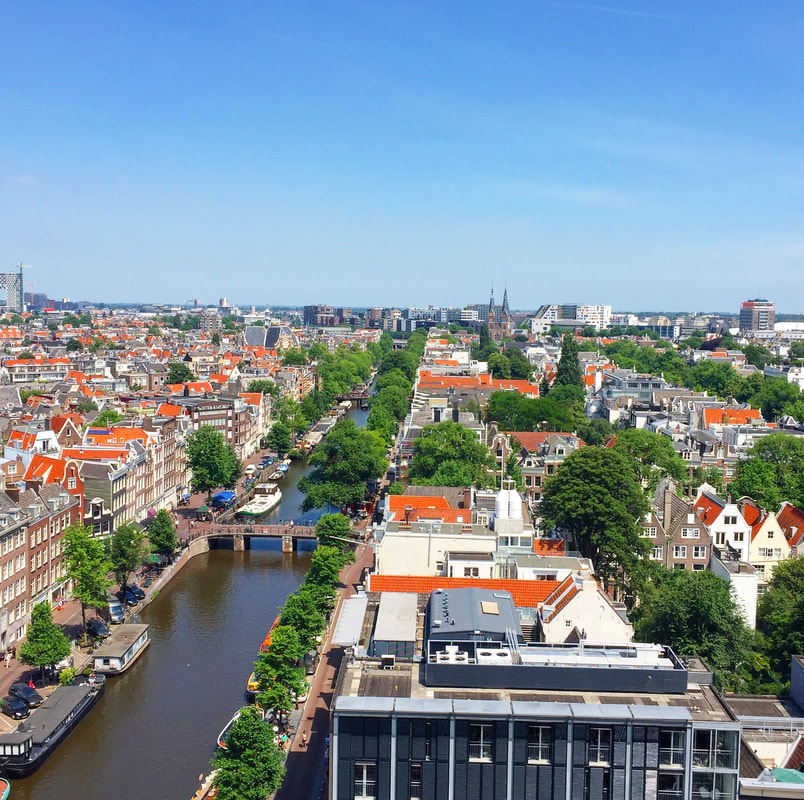
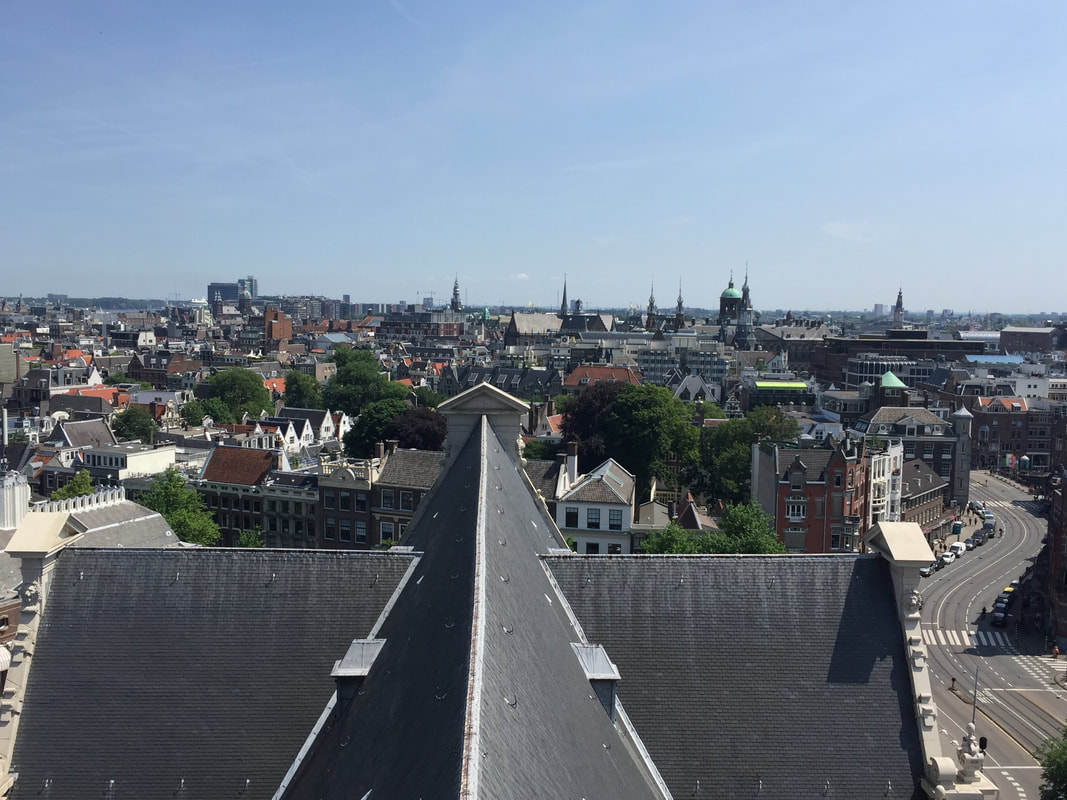
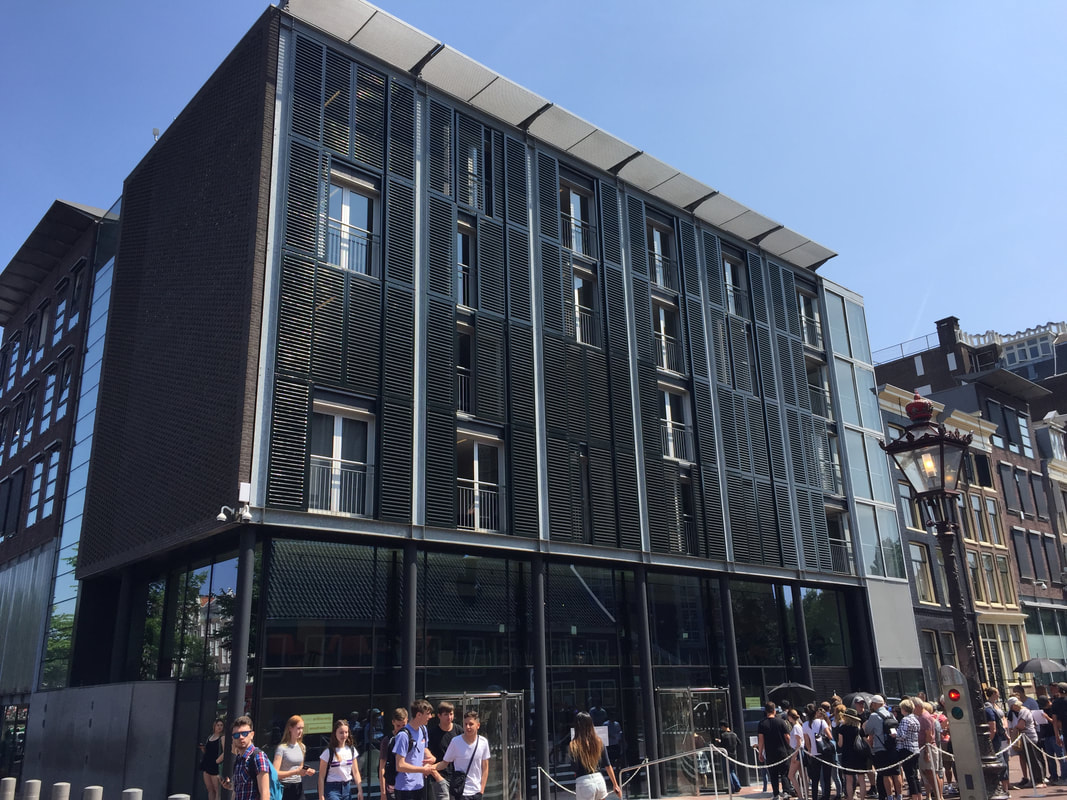
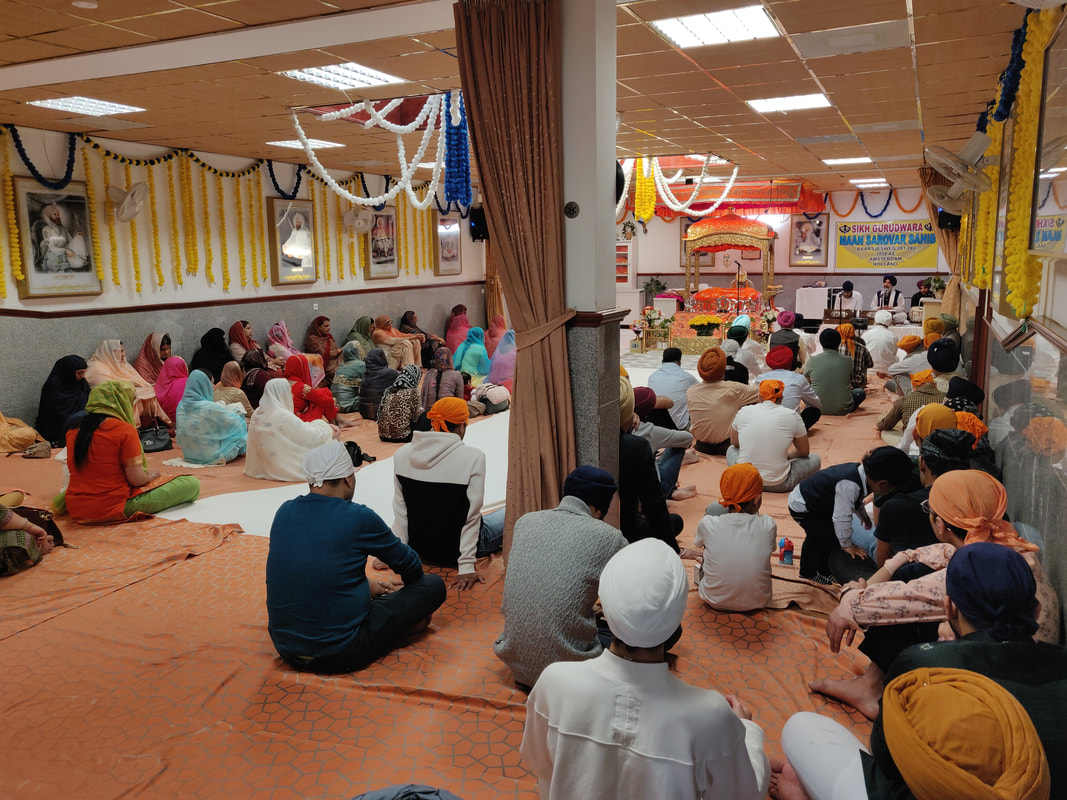
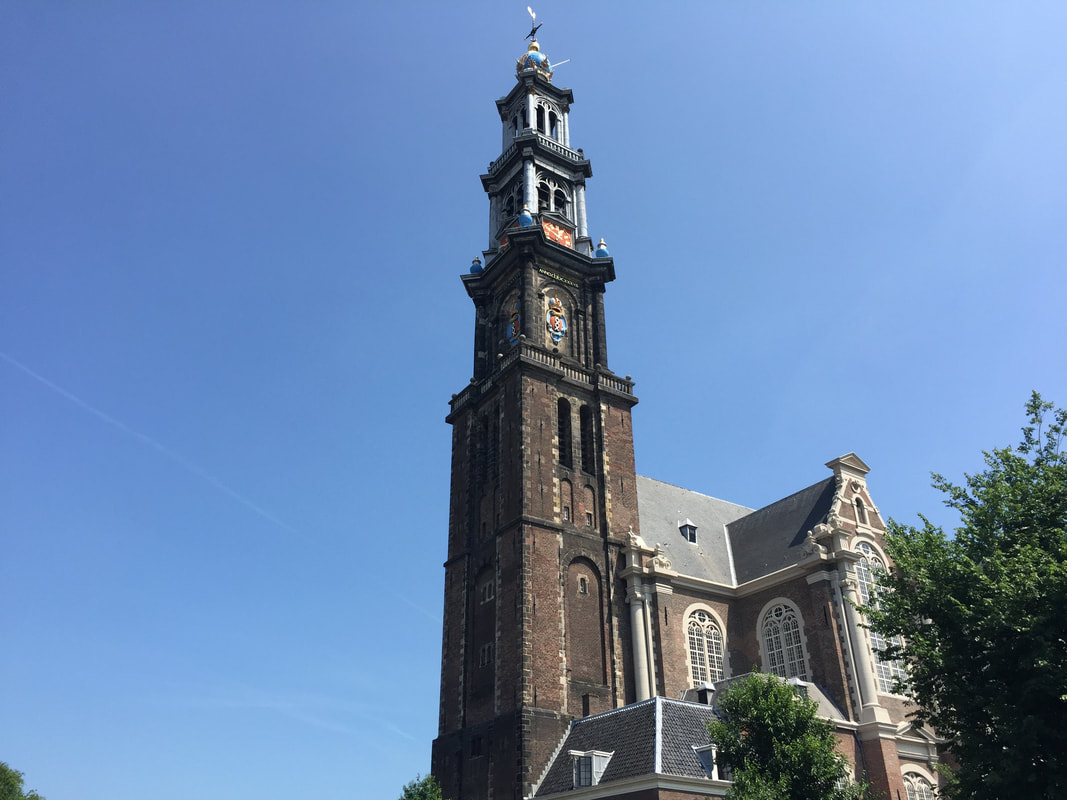
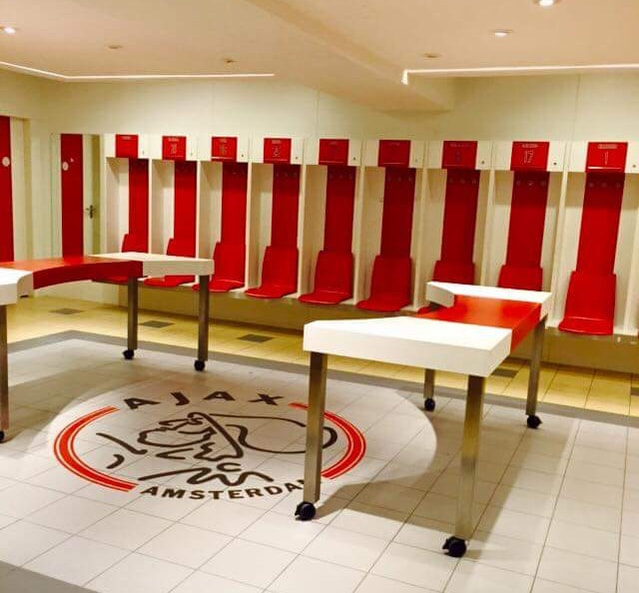
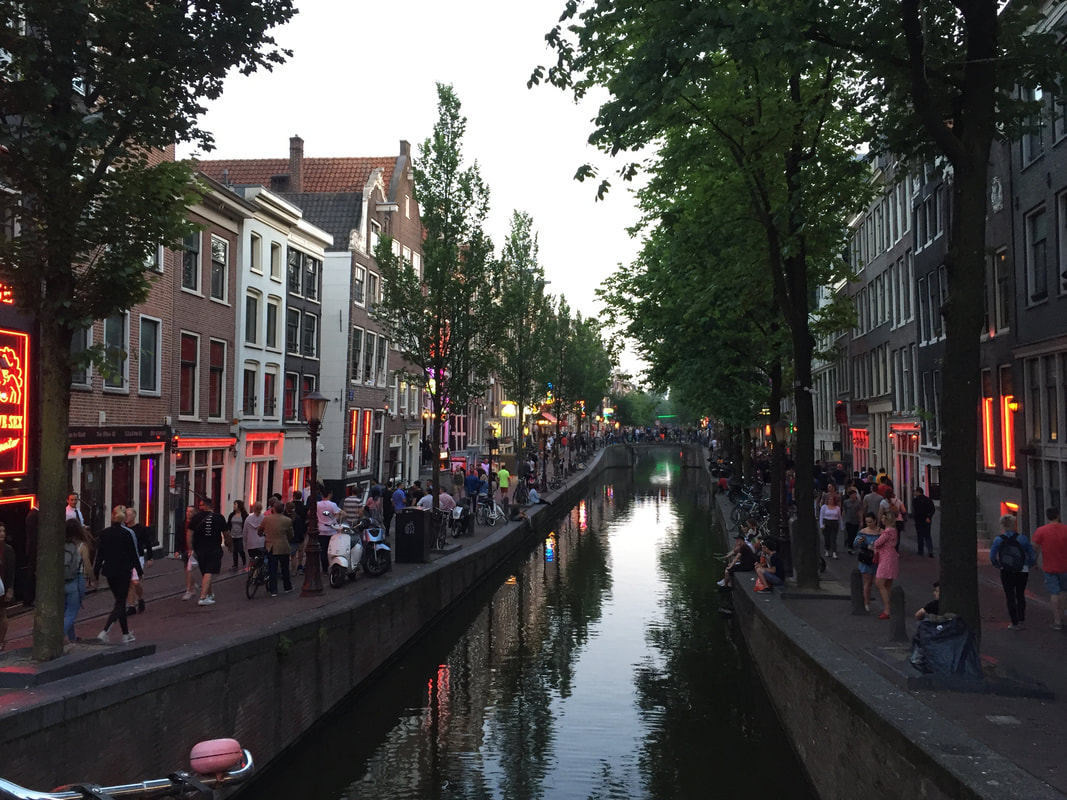
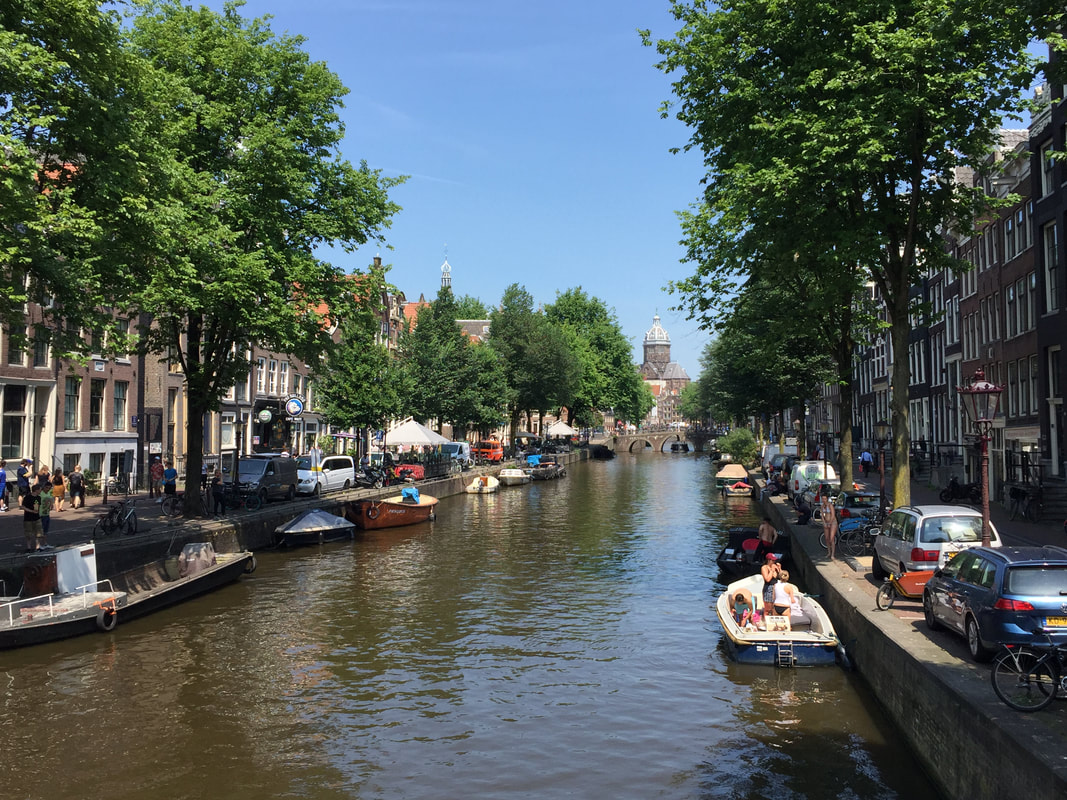

 RSS Feed
RSS Feed